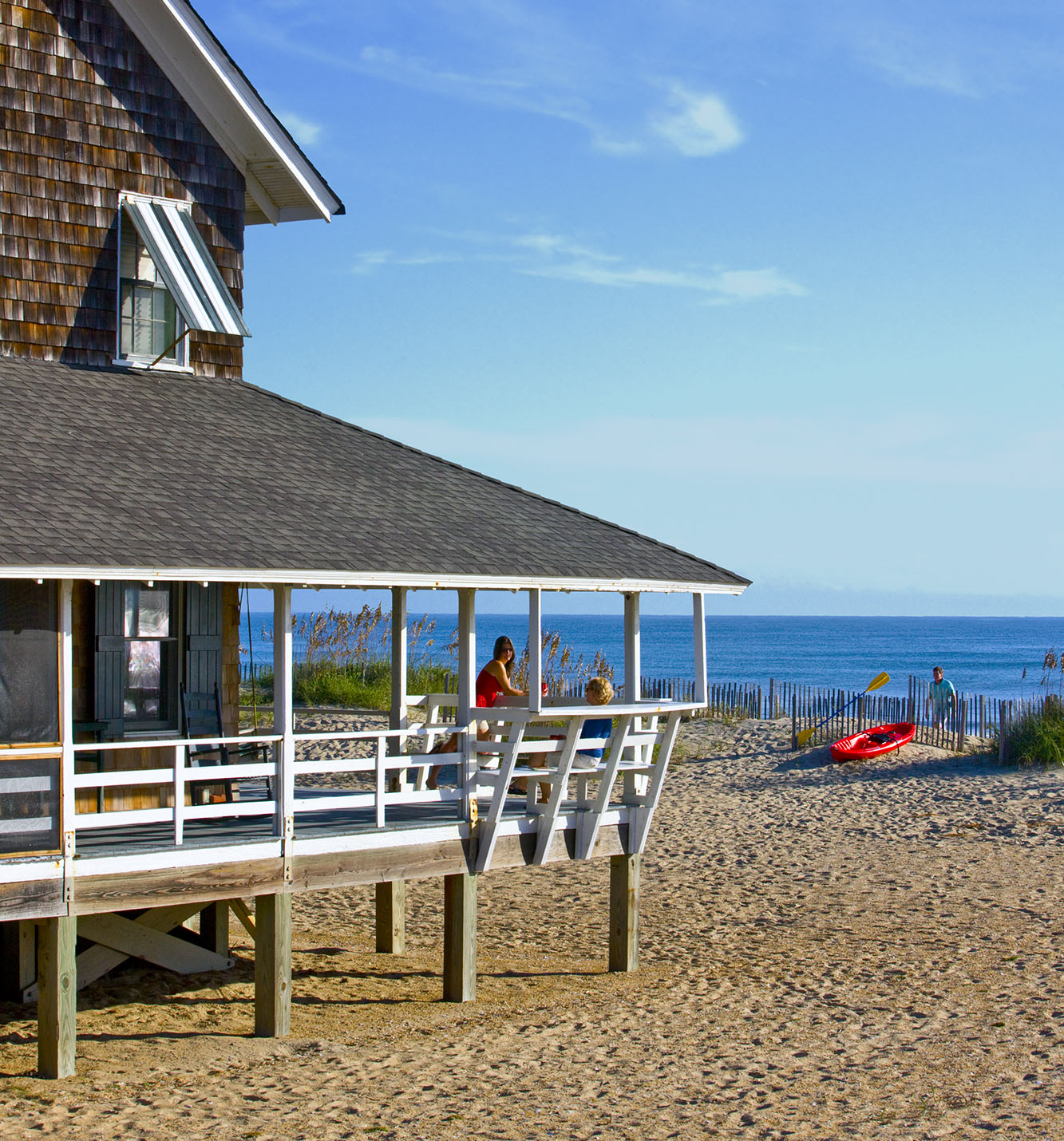The vacation rental sector is getting more saturated yearly, with thousands of new listings being added every day. In over 190 countries, Airbnb alone has over six million listings! Then there’s Booking.com, which has about 30 million listings, with nearly six million of them being holiday rentals.
Most vacation rental firms have seen their occupancy rates plummet. As a result, keeping up with the tough competition is becoming more complex.
We’ve discovered that most vacation rental operators are feeling overwhelmed by the size and growing competitiveness of the short-term rental industry. As a result, during the 2019 V.R.M.A. International Conference, Igor Kostin, our co-founder, and C.T.O., chose to discuss techniques for surviving the STR industry. If you missed his presentation, here are his five ideas that everyone may begin using right now.
1. Improve efficiency by using technology and artificial intelligence.
There’s no doubt that technology has made a difference in many facets of our lives. Indeed, you wouldn’t be able to rent out short-term rental homes to strangers from all over the globe in the first place if it weren’t for the Internet.
Your company should, too, take advantage of technology advancements, just as the short-term rental industry has done. Debating whether or not to invest in vacation rental management software, you’re already behind. Your rivals already use these tools, giving them an edge.
2. Millennials must be catered to.
Have you considered who you want to reach out to? What are their quirks and preferences? What’s their age? Millennials now dominate the short-term rental market. According to several hosts and managers, most visitors are between the ages of 26 and 37.
Millennials are unique in that they are willing to spend $5,000 or more on a trip. Indeed, they would rather spend a fortune on a new adventure (they travel up to 35 days a year, which is much more than other age groups) than a new vehicle.
At the same time, they want affordability and anticipate receiving various services at a fair cost. Their expectations for customer service are high, and they expect to get help right away. As a result, if you don’t respond to their question within a minute, they’ll look for another, quicker host. They’ll almost certainly locate one in the oversupplied short-term rental market.
Another thing to remember is that millennials are looking for distinctive, engaging experiences and will travel to your location to do so. As a result, please don’t send them the identical brochure you sent them two years ago. Instead, attempt to amaze them with an out-of-the-ordinary food experience like a craft beer tasting. How about giving them a certificate for a bicycle or auto rental from a local sharing company?
3. Add a “wow” factor to your presentation.
Creating a “wow” impact in the short-term rental market may be a powerful hidden weapon. After all, who doesn’t like a pleasant surprise, even if it’s a little one?
Everyone aspires to be awestruck. So, go above and beyond to wow your visitors by including brilliant excellent facilities for vacation rental houses. It will almost certainly succeed since millennials were practically born with cellphones in their hands and are completely immersed in modern technology.
The good news is that thoughtful amenities don’t have to be prohibitively expensive in your vacation rental. Furthermore, a $60 investment can result in a 20% increase in revenue! Color-changing L.E.D. Bulbs or a door and window sensor cost less than $20 and will impress your guests. Consider an Echo Dot (a voice-activated smart speaker with Alexa) as an affordable home assistant if you want to spend a little more.
It’s impossible to come up with all of the
4. Make an impression on the big short-term rental sites.
The short-term rental market isn’t the only one experiencing oversupply. In all business sectors, the competition is heating up! Smaller e-commerce sites, for example, are being shuttered. They cannot compete with Amazon, accounting for nearly 40% of all U.S. e-commerce sales.
As a result, vacation rental managers complain that attracting direct bookings is becoming increasingly complex; with the sharing economy playing a significant role, others now account for more than 90% of all reservations.
Here’s the thing: people have more faith in large platforms than in individual websites. Furthermore, with Google’s constantly changing algorithms and rising advertising costs, your vacation rental site is likely to get lost among thousands of other vacation rental listings. Individual vacation rental sites don’t stand a chance in the current short-term rental market against behemoths like Airbnb and Booking.com, spending $2 billion on advertising alone in 2018.
However, in some North American cities, Airbnb has proven to be the market leader in the short-term rental market, with a market share of up to 85%. In addition, by the end of 2018, Airbnb listings had brought in over 400 million visitors.
On the other hand, it is far more effective. You can improve your chances of your Airbnb listing(s) appearing on the first page of Airbnb by implementing some of these strategies:
Make an effort to keep your response time low. If you’re using a native messaging system, you should try to respond within a minute (and not email).
Frequently change the title of your ad. Try changing the title of your listing once a week if you want it to stand out. People still click on headings with words like “Promo,” “Free,” and “Special Offer,” although it may seem obvious.
To change your pricing every 15 minutes, use a specific tool for the short-term rental market.
Aspiring to be a Superhost should be your goal. To increase the visibility of your listing, consider listing it on Airbnb Plus or Airbnb Select.
5. Make use of marketing to get ahead of the competition.
Approximately 94 percent of vacation rental property owners admit that they believe they could be doing more to promote their properties. While vacation rental platforms are still very effective, it’s essential to think outside the box to get more people interested in your listings.
Where, on the other hand, can you locate your prospective visitors? You should focus your time and resources on platforms where your most active target audience is. The answer is evident when you consider that 52 percent of travelers look for recommendations on social media when planning a trip, and 42 percent of Facebook posts are about travel stories. As a result, begin with social media!
Today 1.9 million monthly active users on YouTube and 1 billion monthly active users on Instagram. Here are three helpful hints for succeeding on Facebook:
People are more likely to trust Facebook reviews if they are well-written. Furthermore, this is your opportunity to demonstrate to potential guests that you are one of the most professional hosts in the short-term rental market.
By hosting contests and surveys.
Share local content related to your area’s short-term rental market, such as local events, top tourist attractions, and experiences.
YouTube
You’ll need to create your own YouTube channel if you want to use YouTube to market your short-term rentals. The next step is to gather sufficient high-quality content that will resonate with your target audience. For instance, you can:
Upload videos about the top five places to see in your area or the top seven local experiences to try.
Make “how-to” videos with travel advice.
Exhibit your home (at the end of the day, the purpose of your channel is to tell the world about your unique property).
If you’re looking to reach millennials, Instagram can be your best friend. About a third of American millennials use Instagram daily. Try to collaborate with influencers who are familiar with the short-term rental market, in addition to posting and creating stories regularly. Influencer marketing has an 11-fold higher return on investment than other digital marketing methods. The good news is that micro-influencers with 1,000 to 10,000 followers produce the best results and have the cheapest ads.
Conclusion
The truth is that there is no room for mediocrity in the short-term rental industry. Finally, if you want to succeed in the short-term rental market, you’ll need to figure out how to increase your bookings while building a first-rate company.
As a result, there’s nothing left for you to do but embrace change. As new techniques and technologies shape the future of the vacation rental industry and the short-term rental market, start implementing them now. And now is the time to look forward to the end!
If you want to compete in the oversaturated short-term rental market, Lodgable is the intelligent choice. It’s not your typical property management system; instead, it employs cutting-edge techniques inspired by new technologies and artificial intelligence.









